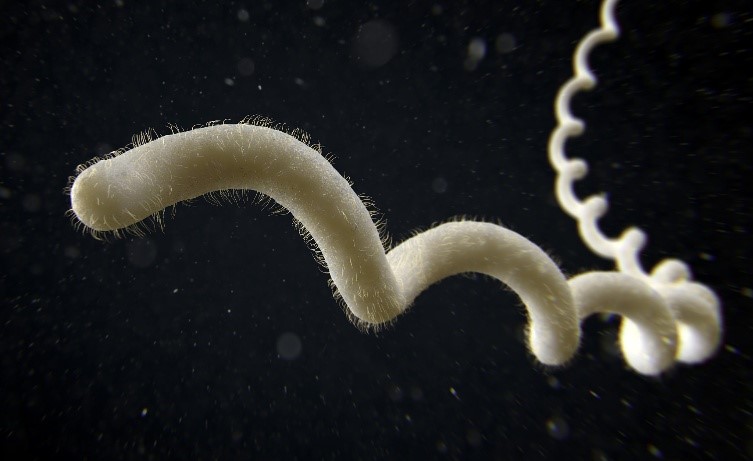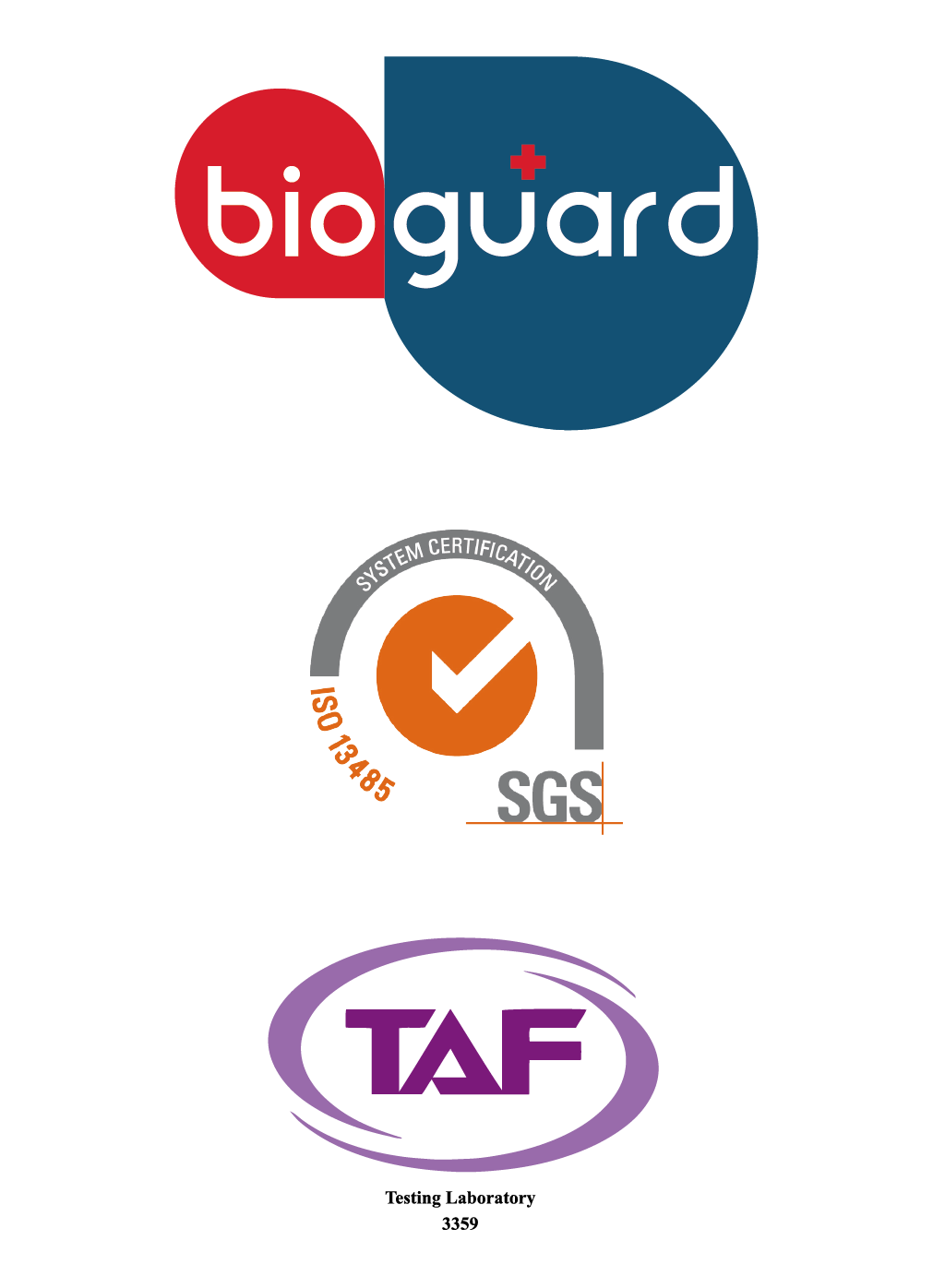
Leptospirosis is a zoonotic bacterial disease caused by pathogenic spirochetes of the genus Leptospira. It affects a wide range of mammals, including domestic animals, wildlife, and humans.
Leptospira are aerobic, gram-negative spirochetes characterized by their corkscrew-like motility. These bacteria are slow-growing and can survive for weeks to months in warm, moist environments such as urine-soaked soil or stagnant water. Leptospirosis is primarily spread through the urine of infected animals, particularly rodents, but dogs and other animals can also serve as carriers. Infected dogs may appear healthy while still shedding the bacteria in their urine, posing a risk to other animals and humans.
· How Dogs Become Infected
Dogs typically become infected when Leptospira bacteria enter the body through mucous membranes (Ex: mouth, nose, or eyes) or broken skin, such as cuts or scrapes. Common modes of transmission include:
- Direct Exposure: Contact with urine, contaminated water, or infected tissues.
- Environmental Contamination: Urine-soaked soil, food, bedding, or stagnant water sources.
- Rare Occurrences: Bacteria may also be spread through breeding, bites from infected animals, or transplacental from an infected mother dog to her puppies.
· Clinical Signs of Leptospirosis in Dogs
Leptospirosis can cause a range of clinical signs, varying from mild to severe. Common symptoms include:
- Loss of appetite
- Vomiting
- Lethargy
- Abdominal pain
- Diarrhea
- Jaundice (yellowing of the skin, gums, or eyes)
- Dehydration
- Polyuria, oliguria, hematuria or anuria.
- Epistaxis, melena, and hematemesis
- Weight loss
- Stiffness or muscle pain
If left untreated, leptospirosis can progress to severe, life-threatening conditions such as:
- Kidney Failure: chronic kidney disease, nephrogenic diabetes insipidus, renal tubular acidosis
- Liver Failure: Elevated ALP, ALT, bilirubin.
- Severe Lung Disease: Pulmonary hemorrhage.
- Bleeding Disorders: melena, hematuria, epistaxis, hematemesis and petechial hemmorhage on gums, mucous membranes.
· Prevention for Leptospirosis
Preventing leptospirosis in dogs requires reducing their exposure to Leptospira bacteria and implementing effective preventive strategies, such as:
- Leptospira vaccination.
- Limit exposure to risky environments such as stagnant or slow- moving water (ponds, lakes) and contact with wildlife, especially in high-risk areas.
- Control Rodent Populations as rodents are the primary carriers of Leptospira
- Clean and disinfect areas where dogs may have contact with urine, especially in kennels, dog parks, or multi-dog households.
- Regular veterinary check-ups help identify early signs of leptospirosis and ensure prompt treatment if infection occurs.

